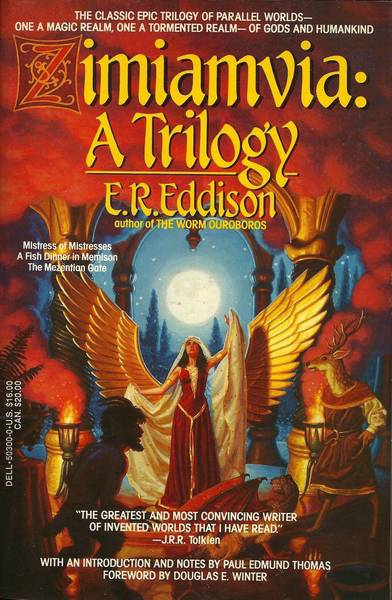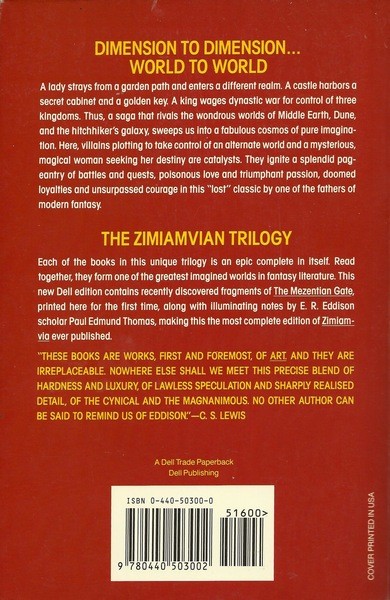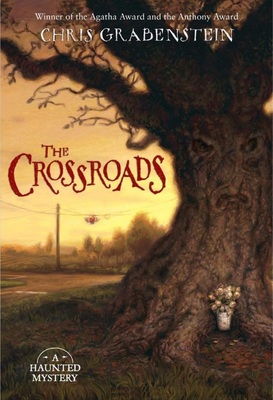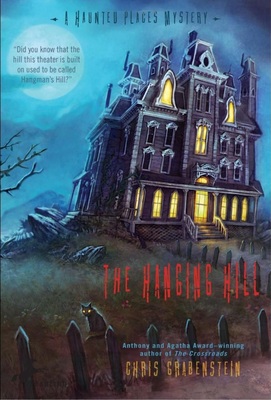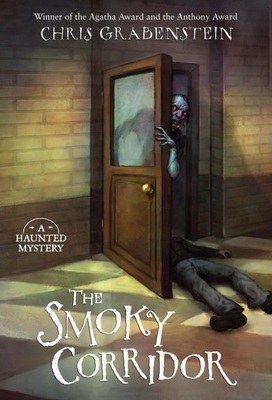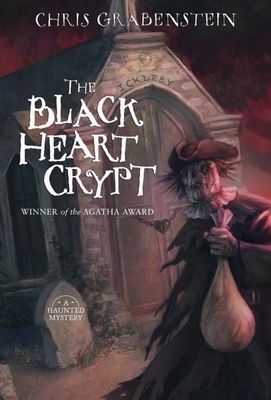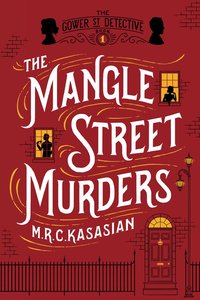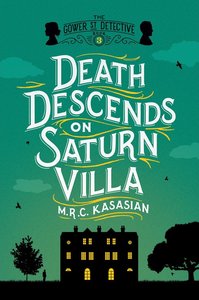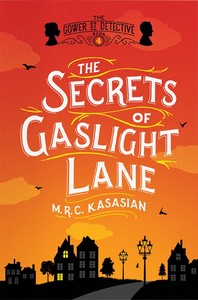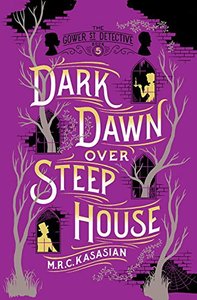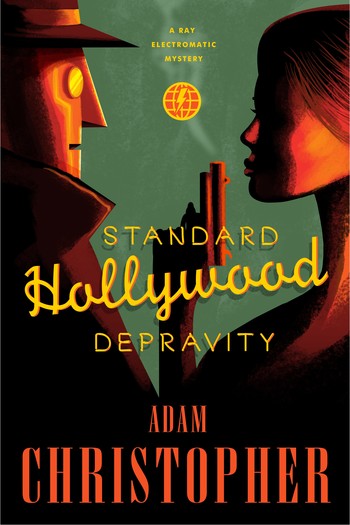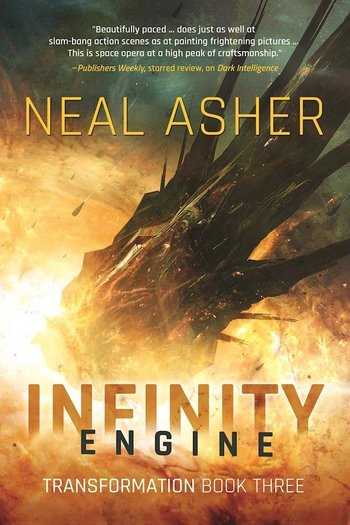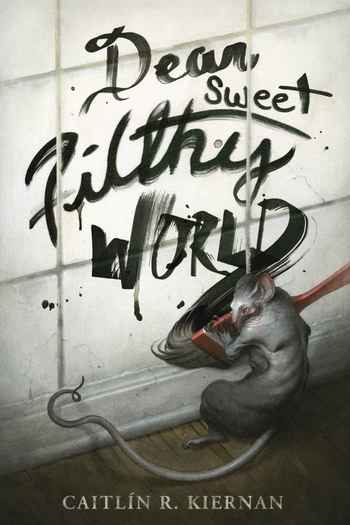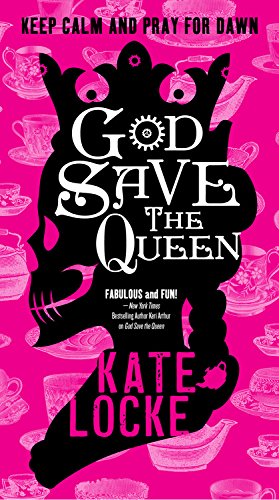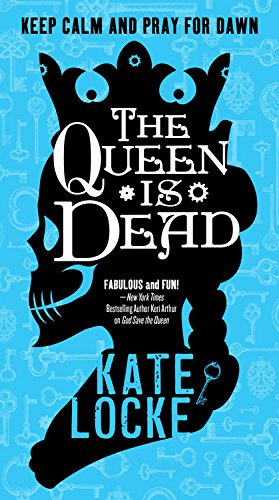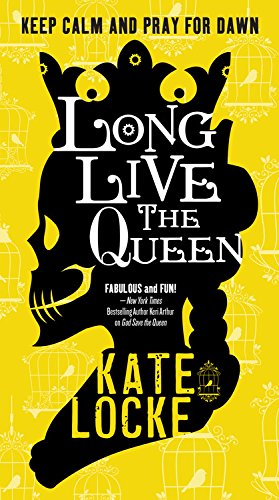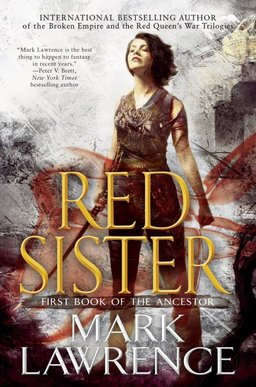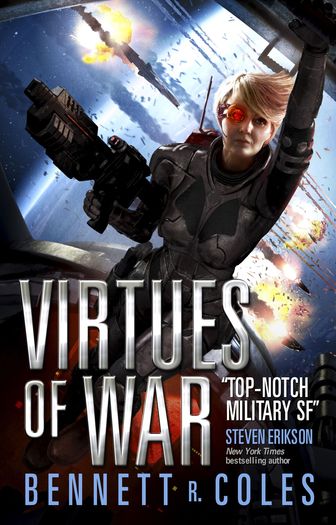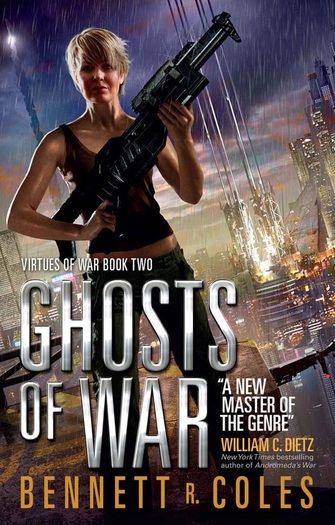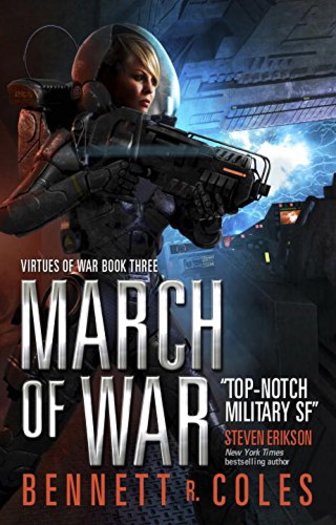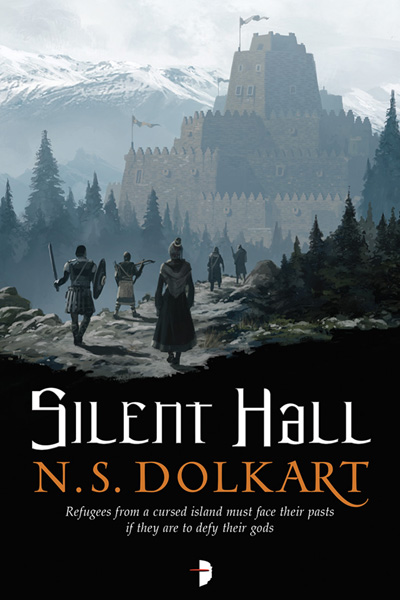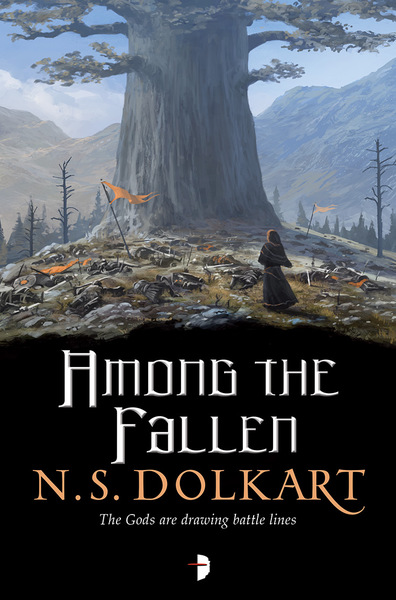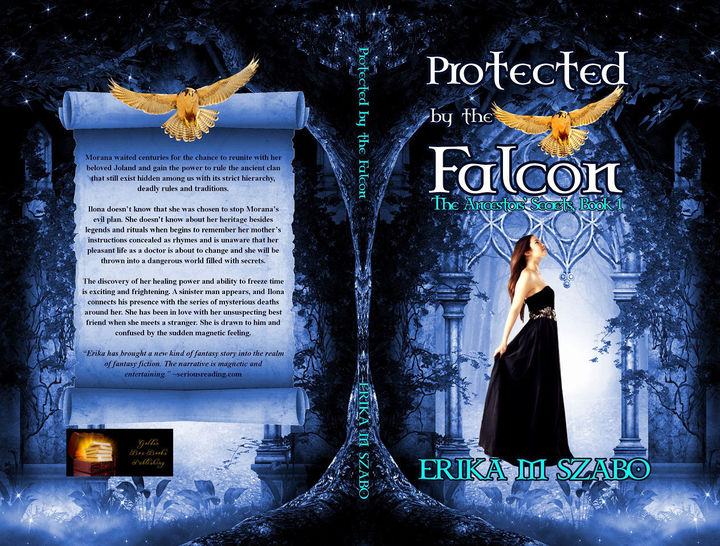
Erika M Szabo is both a prolific author and artist, and owns Golden Box Books Publishing Services. Her numerous children’s books, such as MeToo, The Annoying Little Sister, A Basketful of Kittens, and Look, I Can Talk with My Fingers, are delightful and very successful, and many of them have been translated into Spanish. A nurse by profession, she has written Healing Herbs for Nervous Disorders and Keep Your Body Healthy.
She also writes Young Adult Fantasy, such as Chosen by the Sword — Book Two in her series The Ancestors’ Secrets — and The Curse. A friend of mine recommended I connect with Erika and hire her to do the book cover for my Mad Shadows II: Dorgo the Dowser and The Order of the Serpent, as well as the interior design and layout, formatting and all the technical details that go along with publishing a book. Well, I linked up with her on Facebook and we got to talking, and right away I knew we were on the same page, no pun intended. So I sent her my manuscript, and she started working almost immediately. She even revised and polished up the original map I drew for Mad Shadows: The Weird Tales of Dorgo the Dowser.
While Erika went to work almost immediately, I purchased her Protected by the Falcon and started reading. I had never read a Young Adult Fantasy before (unless you want to count The Hobbit and the Harry Potter series.) Needless to say, as evidenced by this review, her novel was not what I was expecting. Indeed, it was a surprising pleasure to read because it was written and told so differently and in so many ways from the fantasy I usually read. Plus, Erika gave me something in her novel that will always keep me reading: believable characters I can relate to, care about, and even hate. I’ve even read a few of her children’s books, too. So let me tell you a little bit about Protected by the Falcon, and why I liked it. (By the way, Erika works hard and she works fast, too!)
…
Read More Read More
